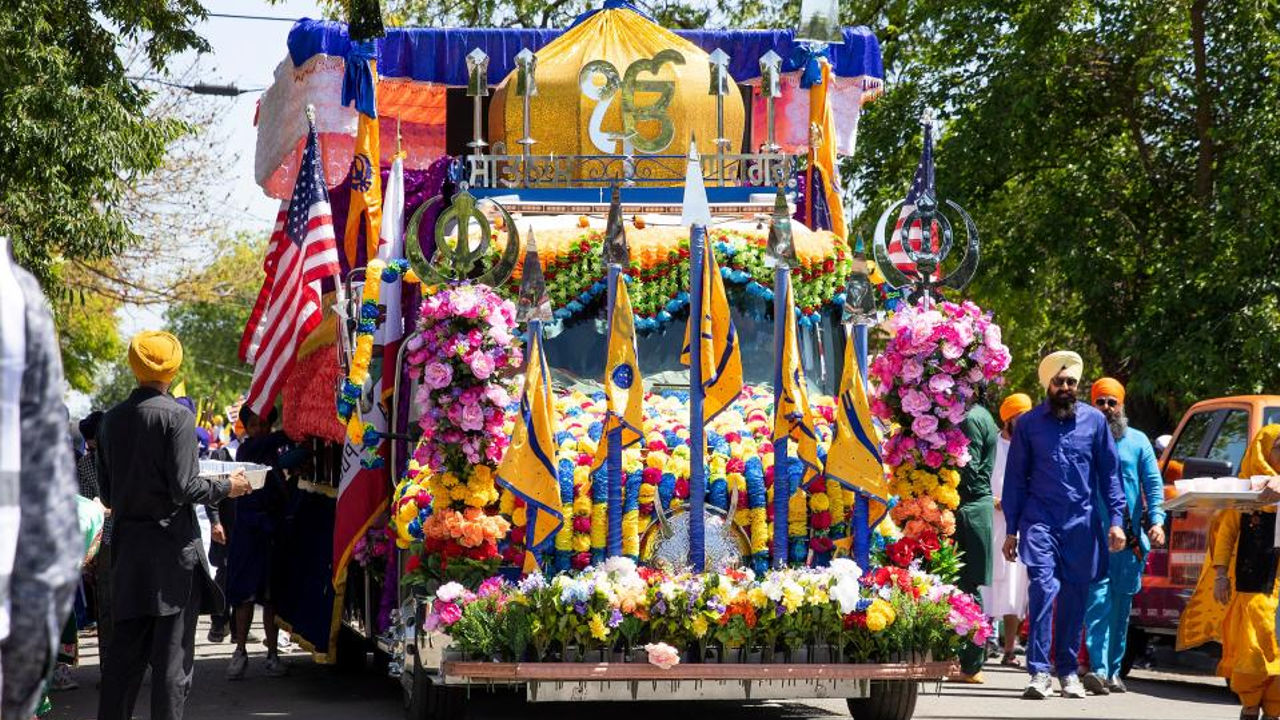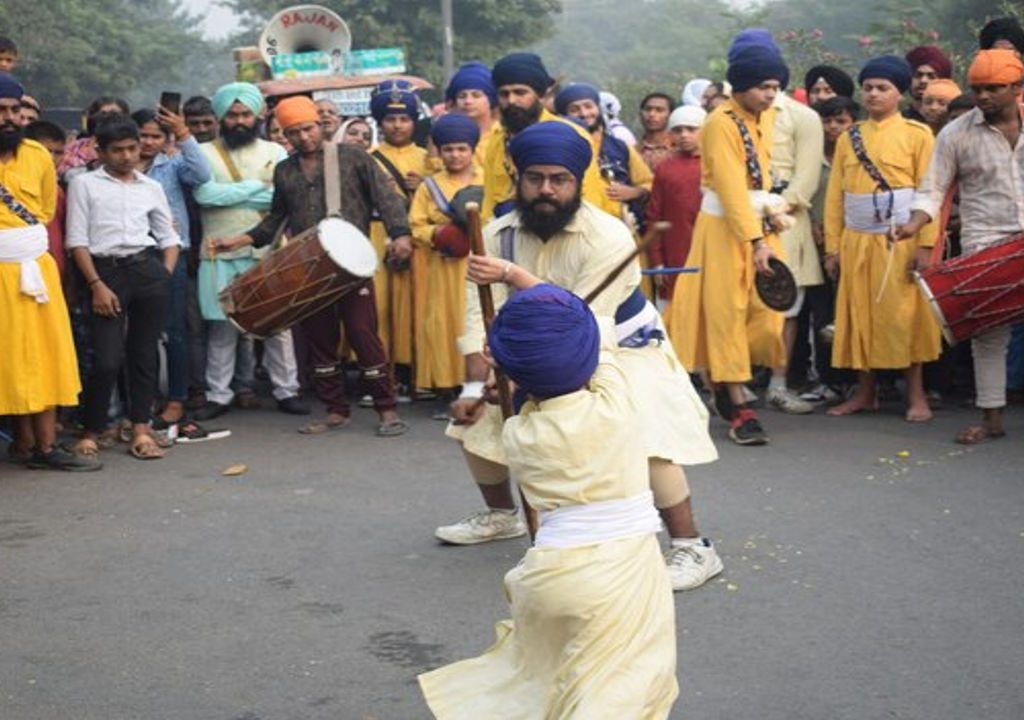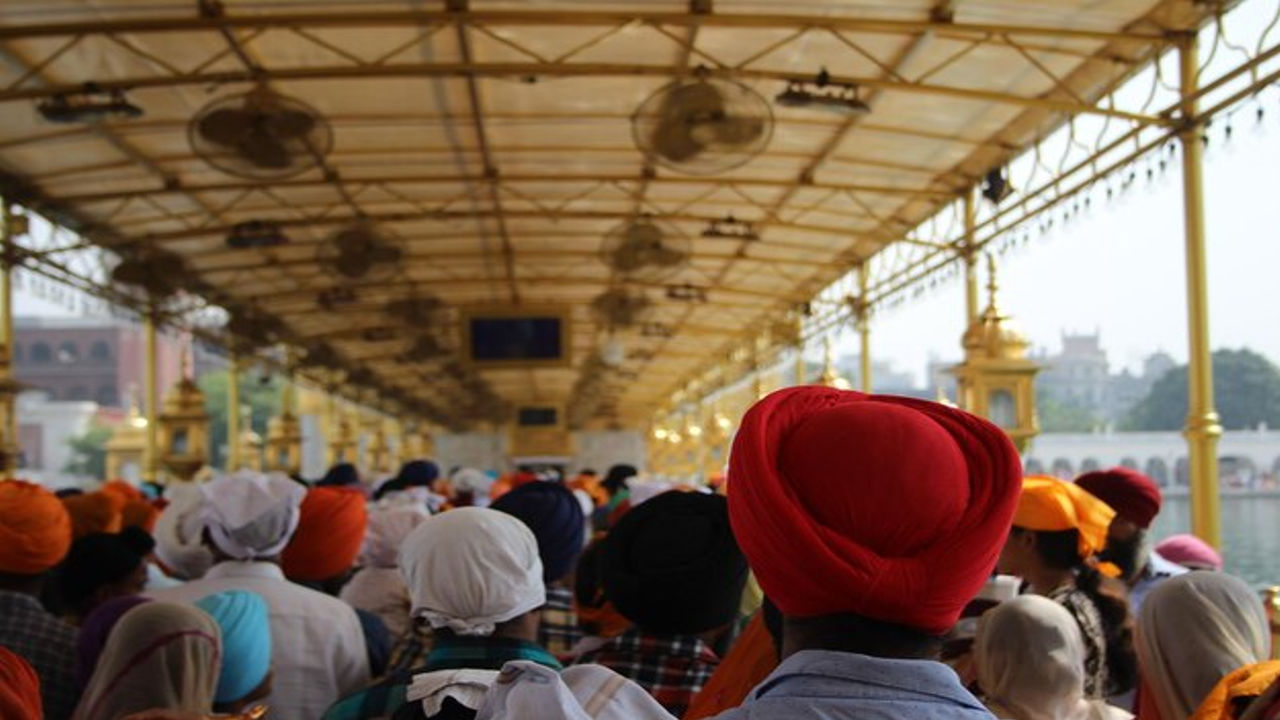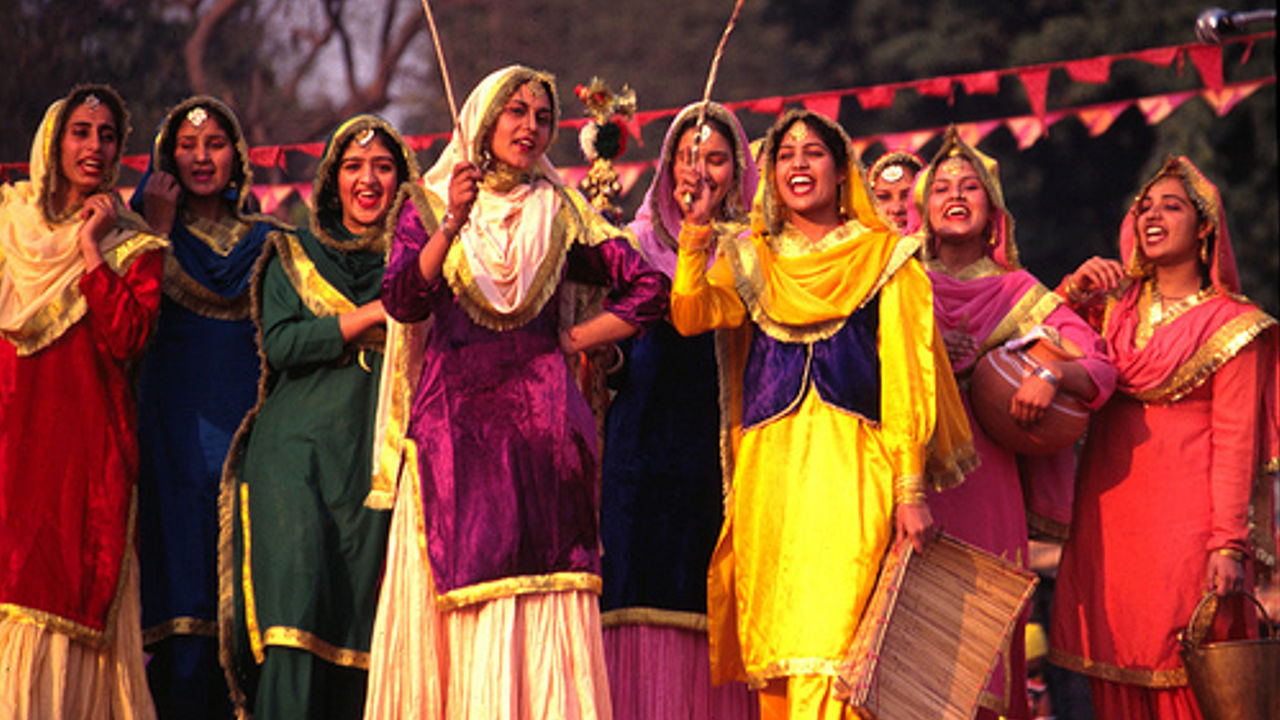Celebrated globally, especially within Sikh communities, Vaisakhi 2025 marks the arrival of the harvest season and honors key moments in Sikh history.
What is Vaisakhi?
Vaisakhi, or Baisakhi, is more than just a celebration—it’s a time for renewal, unity, and reflection. It is a time for communities to come together, share gratitude for bountiful crops, and celebrate the spirit of resilience and faith.
As content creators, we can draw inspiration from Vaisakhi’s themes of growth and connection. Same as farmers tend to their fields for a fresh harvest, content writers must cultivate fresh ideas, embrace creativity, and engage with their audience on a deeper level.
This festival reminds us to renew our approach, refresh our strategies, and celebrate the joy of creation.
In this blog, we explore what is Vaisakhi festival significance.
And how the vibrant spirit of Vaisakhi can influence content writing, encouraging both creativity and meaningful connections.
Significance of Vaisakhi: A Festival of Growth and Renewal
Vaisakhi 2025 is celebrated on April 14 and is not just the beginning of a new harvest season—it is a time of gratitude, renewal, and collective joy.
Across India, especially in Punjab, farmers rejoice as they reap the rewards of months of dedication and hard work. The festival is marked by grand celebrations, spirited folk dances, community feasts, and religious processions, all reflecting the deep-rooted traditions of togetherness and abundance.

Beyond its agricultural significance, Vaisakhi carries a powerful historical and cultural legacy. For Sikhs, this day holds profound meaning, marking a defining moment that represents faith, unity, and resilience.
It is a time to reflect on the past, embrace the present, and step into the future with a renewed sense of purpose and strength. The festival encourages communities to come together, celebrate shared values, and move forward with optimism and determination.
In many ways, Vaisakhi’s themes of renewal and transformation mirror the journey of content creation. The festival’s emphasis on connection reminds writers of the importance of crafting messages that resonate, inspire, and bring people together.
As Vaisakhi brings families and communities closer, it also serves as a reminder that content, at its best, fosters relationships, evokes emotions, and leaves a lasting impact. It is an opportunity to approach writing with enthusiasm, authenticity, and a renewed commitment to creativity.
Whether in storytelling, audience engagement, or content strategy, embracing the spirit of Vaisakhi allows writers to create with purpose, passion, and a sense of celebration.
Now, let’s dive into how Vaisakhi’s spirit of togetherness fosters deep connections—both in celebration and in content creation.
Community & Connection: The Heart of Vaisakhi Celebrations
Imagine stepping into a Vaisakhi celebration—loud dhol beats, colorful turbans and dupattas swirling to the rhythm of Bhangra, and an endless spread of delicious Punjabi food like makki di roti and sarson da saag.
It’s an explosion of joy, where everyone—young, old, strangers, and friends—comes together in an unspoken bond of celebration.

At its core, Baisakhi holiday is about community and connection. The festival thrives on shared experiences—people don’t just celebrate alone; they dance, eat, laugh, and tell stories together. And this very essence is something content writers and brands can learn from.
Now, let’s bring this into the digital world. Would you follow a brand that never interacts with you, never replies to comments, and just throws out robotic messages?
Nope. Because just like Vaisakhi, good content is all about engagement and relationships.
Brand Example: Amul—Master of Conversations
Take Amul, for instance. For decades, they’ve mastered the art of connection through their witty, relatable advertising. Their Amul Girl mascot appears in creative illustrations, commenting on everything from cricket matches to Bollywood blockbusters. The result?
A brand that feels like a friend, always in tune with what’s happening.
Be a part of the conversation. Just like Vaisakhi celebrations thrive when people come together, your content should create a space where people want to engage, comment, and share.
Brand Example: Zomato—Engagement King
Then there’s Zomato, the king of fun, quirky, and engaging content. Their Twitter (now X) posts and push notifications aren’t just about food—they’re about relatable, everyday moments. Whether it’s a joke about ordering “just one last pizza” or a meme about waiting for discounts, they create conversations, not just promotions.
Likewise, if your content feels too corporate, too robotic, it won’t connect. Write like you’re talking to a friend at a Vaisakhi gathering. Use humor, storytelling, and a little bit of spice, like that extra masala in a Punjabi dish!
Moving forward, let’s explore how the rich traditions of Vaisakhi teach us the power of storytelling in making messages unforgettable.
The Art of Storytelling: Making Messages Memorable
Ever been to a Vaisakhi fair?
Amidst the folk dances and food stalls, you’ll find elders sitting in a circle, sharing old tales of valor, wisdom, and tradition. These stories aren’t just for entertainment—they’re meant to be passed down, keeping the culture alive.

Now, think about your favorite brands. What makes Nike more than just a shoe company?
Or Airbnb more than just a booking platform? Stories.
Brand Example: Nike—Storytelling That Inspires
Nike doesn’t just sell shoes—it sells determination, grit, and success. Think of their “Just Do It” campaigns featuring real athletes overcoming challenges. Whether it’s a Paralympian breaking records or Serena Williams defying odds, Nike doesn’t talk about products—it tells unforgettable stories.
Now, imagine if Nike’s ads just said: “Our shoes are comfortable.”
Boring, right?
Instead, they make you feel something. And that’s exactly what Vaisakhi storytelling teaches us—facts fade, emotions last.
Brand Example: Airbnb—Making You Feel at Home
Airbnb doesn’t just promote rental homes. Their content is packed with real-life travel stories—a family reconnecting in a countryside home, a solo traveler finding inspiration in a cozy cabin, or a couple celebrating their anniversary in a beachside villa.
These stories turn a simple booking into an experience, making Airbnb more than just a platform—it’s a community.
How can content writers apply this?
Instead of writing about a product, tell the story behind it. Whether it’s a blog post, a social media caption, or an ad; make sure it paints a picture, evokes emotion, and connects with the reader— similar to how Vaisakhi traditions do.
With that in mind, let’s look at why keeping content fresh and evolving is just as important as preserving meaningful stories.
A Season of Renewal: Reinventing Your Content Strategy
As Vaisakhi marks the beginning of a new harvest season, farmers don’t sit back and hope for a good crop—they plow their fields, plant fresh seeds, and prepare for growth. The same applies to content writing!

If you’re still using the same old ideas and formats, it’s time for a refresh.
Think about it—would a farmer keep planting the same crop in the same soil without any change?
Nope! They adapt to the seasons, try new techniques, and invest in better tools. Similarly, content creators need to analyze, innovate, and evolve to stay relevant.
Brand Example: Netflix—A Masterclass in Reinvention
Netflix started as a DVD rental company (remember those days?), but when streaming became the future, they adapted—fast. Now, they’re not just a platform; they create their own blockbuster shows, making them a dominant player in entertainment.
Evolve with your audience. If your content strategy feels stale, experiment! Try interactive content, video storytelling, or AI-driven engagement.
For instance, here are some of the different ways you can refresh your content strategy:
- Experiment with new formats – Blogs, reels, podcasts, newsletters—mix it up!
- Repurpose old content – Turn a high-performing blog into an infographic, a Twitter thread, or a video.
- Engage your audience directly – Polls, Q&A sessions, and live discussions can make your brand feel alive.
- Look at analytics – Which posts perform best? What does your audience love? Double down on that.
As we wrap up, let’s reflect on how embracing Vaisakhi’s mindset can help us write with more joy, purpose, and impact.
Vaisakhi is more than a festival—it’s a mindset. It teaches us renewal, community, storytelling, and celebration.
If you want to create content that truly connects, take inspiration from Vaisakhi’s core lessons:
- Renew your ideas – Just like a farmer prepares for a fresh season, rethink your approach and experiment with new concepts.
- Build a community – Vaisakhi thrives on togetherness. Engage your audience, respond to comments, and create conversations, not just content.
- Tell great stories – Facts are forgettable, but stories stay with us. Brands like Nike and Airbnb master this—so should you.
- Write with joy and passion – When people celebrate Vaisakhi, it’s filled with energy and excitement.
Let that enthusiasm flow into your writing!


Leave a Comment